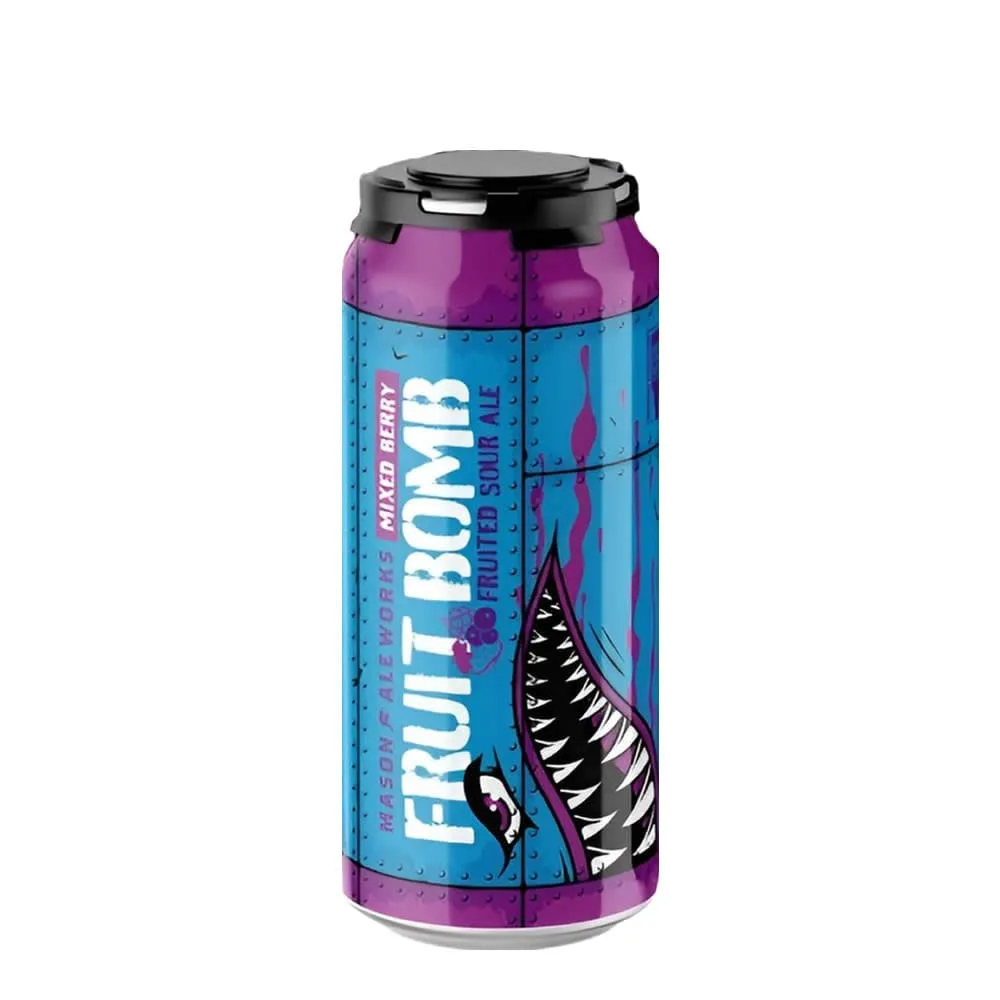For centuries, Queen Bee has been a symbol of power and royalty. Untangling the mystery that shrouds her has been an intriguing challenge for many. It is time to lift the veil and uncover the secrets behind this iconic figure.
In this article, we will explore the fascinating world of the queen of bees, from her historic roots to her contemporary presence. Discovering all she encompasses is sure to expand your knowledge of one of the most creatures in the world of beekeeping.
Some Hidden Facts about Queen of the Bees
They play an important role in creating and maintaining order within the hive, ensuring its health and productivity. Although they may not be as visible as their worker counterparts, there are some interesting facts about these bees that you may not know.
Species:
She is a species of bee all her own! Many mistakenly believe that the queen bee is just another worker bee, but this couldn’t be further from the truth.
These bees are much larger than their worker counterparts, measuring up to twice as large as regular honey bees. Her body also has an elongated shape and she has three times more hairs on her body than regular honey bees do.
Behavior:
These bees are the head honchos in a bee colony, responsible for producing offspring and leading workers to ensure the survival of their colony. But what many people don’t know is that their behavior can be incredibly complex and varied.
For example, when a new queen emerges from her mother’s hive she will typically establish her own nest and then seek out other colonies to challenge for dominance.
Once a queen has taken over an established colony she will create an entirely new social system based on her own preferences, which can include different mating strategies or temperature regulation tactics.
The ability to adapt quickly enables queens to thrive in changing environments, allowing them to maintain control over their colonies even as conditions change.
Diet:
It is well known that bees are necessary for the pollination of plants and flowers, but there is one hidden fact about their diet. Queens live off of a special type of food called royal jelly.
Royal Jelly is produced by worker bees and is made up of proteins, sugars, fats, vitamins, and minerals. This special concoction helps to keep the queen healthy and gives her the energy she needs to lay eggs.
Predators:
It is preyed upon by a variety of predators. These include birds, skunks, mice, snakes, and other insects such as wasps and hornets. In addition to these animals, Queens is also vulnerable to parasites like mites and waxworms.
The presence of these predators can make their life span very short at times, some Queens may only live for several weeks or months in the wild before being killed off by their natural enemies.
To protect themselves from predators, queens have special adaptations like large eyes to detect potential threats from afar and powerful abdomens filled with venomous stingers they use in self-defense when necessary.
Reproduction:
They reproduce by mating with male drones in what is known as a “mating flight.” During this process, the queen flies high into the air and releases her pheromones to attract and mate with drones from other colonies.
They can mate up to 15 times during these flights and store sperm for up to five years! This allows them to lay eggs for long periods of time and keep their colonies strong. In addition, studies have shown that multiple matings result in more robust offspring due to increased genetic diversity.
Lifespan:
The queen is an important part of the bee kingdom, but many don’t know that there is a hidden fact about their lifespan. They are incredibly long-lived compared to worker bees, with lifespans sometimes reaching up to five years. In comparison, worker bees typically only live for a few weeks.
The reason behind this discrepancy can be attributed to the queen’s diet and lifestyle. She receives a special diet rich in royal jelly that helps her body stay strong and healthy while living longer than other bees. She spends most of her days laying eggs in order to keep colonies thriving and thus promote longevity through fertility.
Final Thought
The powerful and mysterious Kingdom of Queen Bee is a fascinating subject that deserves further exploration. The history and culture of this unique monarchy can help us to develop a better understanding of the roles bees play in our ecosystems and the power of their societies.
As we continue to study this amazing species, we can uncover even more about the hidden wonders that exist within their colonies.


